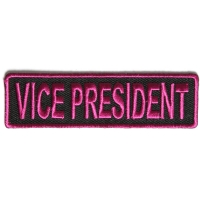Perhaps you've seen motorcyclists wearing leather vests with large back patches on them. Sometimes you'll see a three patch arrangement which includes a club's main patch plus rockers over the top or bottom to designate geographic location. Other times you see just a single patch and nothing else. Regardless of the arrangement, these patch displays referred to by motorcycle club's as "colors."
The term "colors" has its roots in military history, going back thousands of years to ancient Egypt. The original colors were simply flags or banners consisting of single bright colors as a means of helping different groups of soldiers identify themselves on the battlefield. They were often the only way one group could find out where their comrades were. The practice has been used throughout military history by just about every army in the world.
Motorcycle clubs began to adopt this practice as early as the 1950s. Yet instead of carrying large flags and banners, they put them on their clothing. Be it a vest, jacket, or shirt, the colors identify the club a biker belongs to. Some clubs have different patch designs to designate each member's rank or standing within the club. For example, a prospect who is not yet fully patched might wear colors that look similar but are different enough to designate him as a prospect.
Colors are used by just about every motorcycle club in the United States. Those with a single patch and no accompanying rockers tend to be chosen by clubs that are more family-oriented or civic-minded. According to some sources, this is done to clearly distinguish themselves as such. If you see a biker who's "colors" are made up primarily of a wolf image, that biker doesn't belong to any club - he is a "lone wolf."



